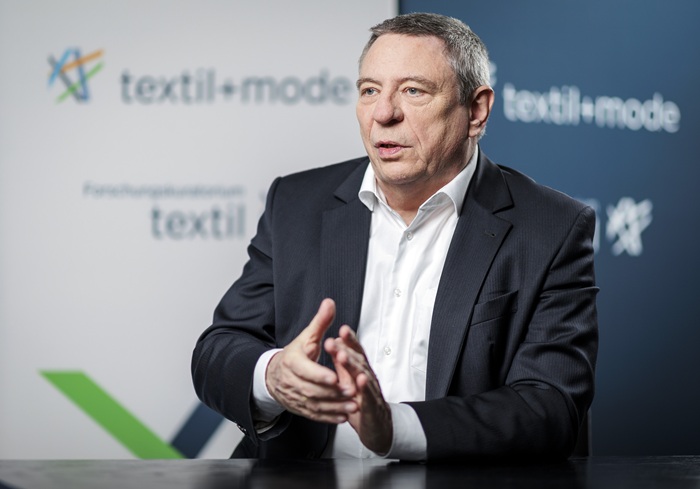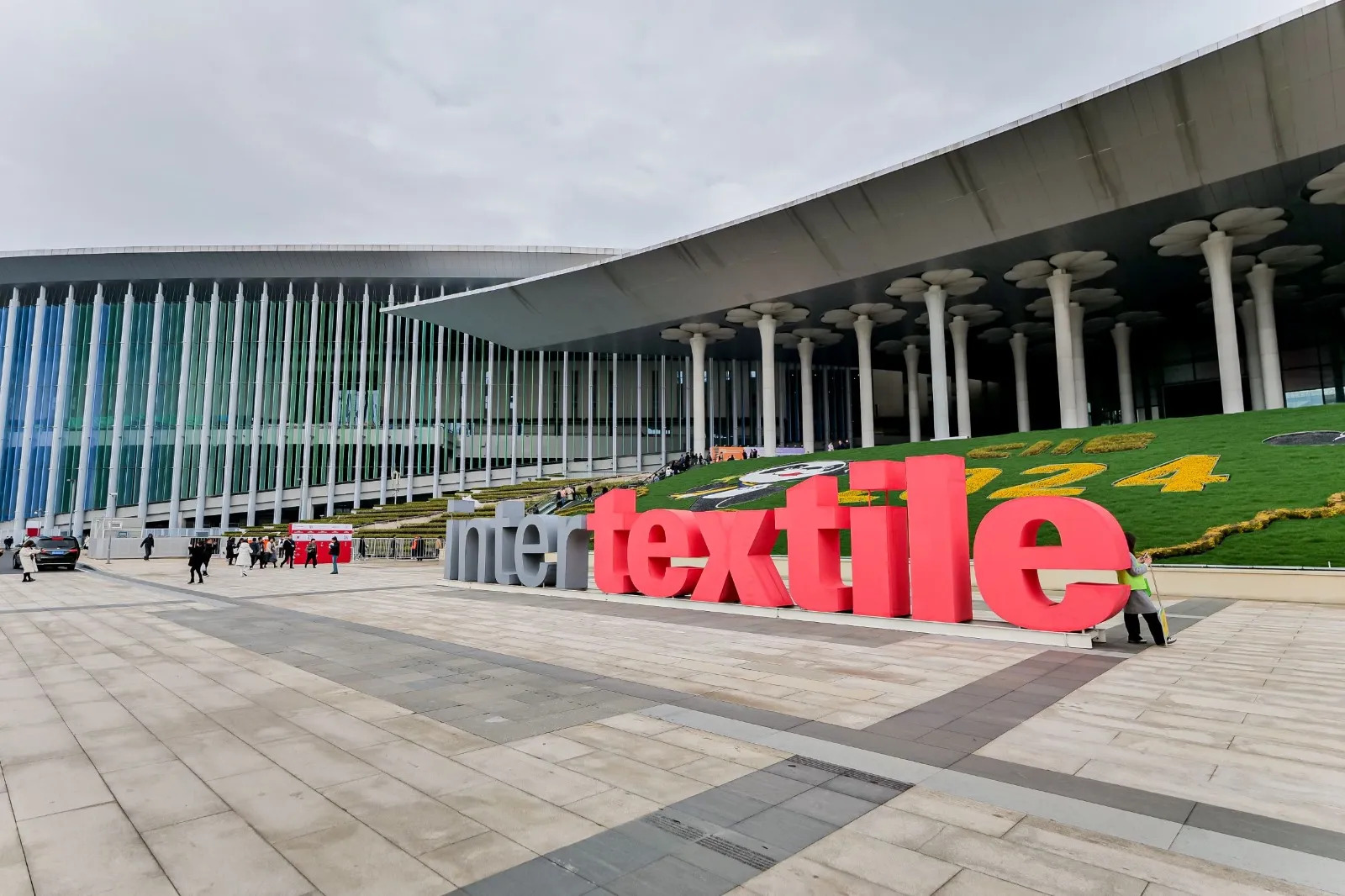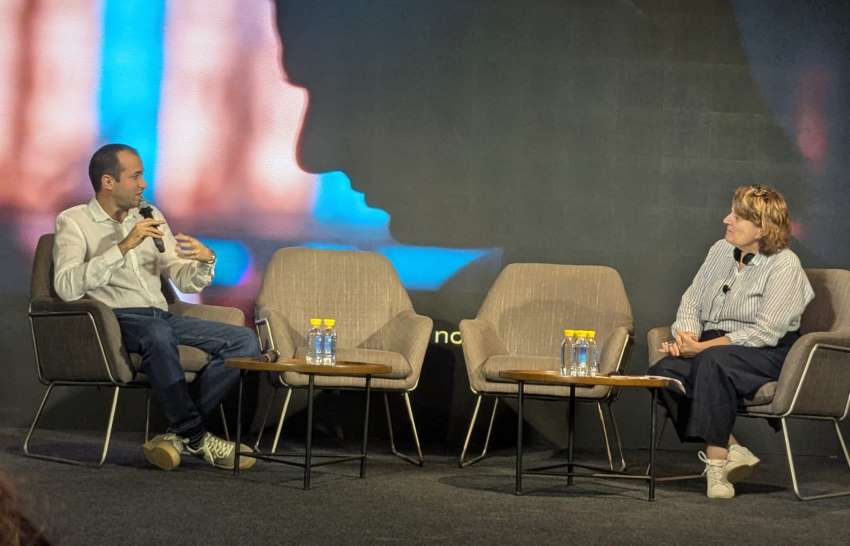FW
The Kenyan government recently identified the textiles and apparels sector as a top priority for burgeoning economic growth in the country.
The Kenya Industrial Transformation Program has played a key role in making the textiles and apparels sector manifest as a priority for the country’s income generation.
The textile sector of the country not only boosts the cotton farming activities but also helps in reviving the textile mills. This creates a fully developed value chain, which has the capacity to absorb significant number of people in the workforce.
Besides, activities like cotton farming and apparel manufacture offer a lot of scope for employment by virtue of being highly labour intensive.
At present this sector happens to be the bread-winner or the crucial foreign exchange provider for Kenya.
India has been witnessing a continuous drop in its exports to the world in the recent past. Therefore manufacturers have now started exploring the domestic market more to maintain profit margins
The industry is battling against the overseas competitors as well due to the restrictions on exports imposed by the Government. Countries like, Vietnam, Cambodia, and Bangladesh have a simple gateway to export, and they don’t have to pay any duty on the products they send to other countries which with FTAs in place, which is not the case for Indian textile companies.
Introduction of GST (Goods and Services Tax) has reduced the raw material cost which is allowing them to provide benefit to the end-customers. In 2017, the Government reduced the GST on man-made yarns from 18 per cent to 12 per cent, notably.
The Hong Kong Polytechnic University (PolyU) has developed an intelligent 3D human modeling system by integrating computer graphic and vision technology to simplify and enhance the process of shopping well-fitting clothes online.
The system digitally accurately reconstructs the shape and size of a person from two full body photographs within 5-10 seconds.
Developed by Tracy P.Y. Mok, associate professor from PolyU’s Institute of Textiles and Clothing and PhD graduate Zhu Shuaiyin, the innovation allows a customised model in arbitrary dynamic poses to be created automatically within 5-10 seconds, according to a press release from Zhu’s start-up TOZI.
The system can reconstruct the 3D shape and extract over 50 size measurements of different parts of a person, including the girth of bust, waist, hip, thigh, knee, calf and neck, as well as arm length, shoulder slope accurately.
The discrepancies in tight-fitting and loose-fitting clothing are less than 1cm and 2cm respectively, which are precise enough to fulfill the specific requirements of the clothing industry for fashion applications and comparable to body scans.
According to the Chairman of Sri Lanka Apparel Institute Prof. Lakdas Fernando increasing apparel exports or receiving trade benefits such as GSP Plus facility, should not blind the sector which should move on and face emerging challenges to advance to the next level.
It should try to achieve the best from GSP concession.
There have been a lot of innovations in the sector such as CAT tech, digital printing and digital designs. The sector has the majority labour force, who are employing new export strategies, new facilities, and new maritime changes to eradicate poverty.
Europe is a key market for Lankan apparels. Last year Sri Lanka earned 2 billion US dollars from apparel exports to EU, which was 42 percent of total apparel exports. In the first quarter this year, Lankan apparel exports to EU increased by 5.2 percent to 526 million dollars in comparison to 500 million dollars in first quarter of 2017.
According to the Ministry of Industry and Trade, the textiles and garment industry gained the second-largest export value in the first four months of 2018, after the export value of phones and their components.
The export value of textiles and garments in the first four months was estimated at 8.6 billion USD, a year-on-year increase of 15.7 percent.
In terms of export markets, the United States ranked first, with the export value of textiles and garments from Vietnam reaching 3.04 billion USD, a year-on-year surge of 11.6 percent. This accounted for 47.3 percent of the total garment export value.
The export value of textiles and garments from Vietnam to Japan reached 855.44 million USD, 19.6 percent higher than the same period last year, accounting for 13.3 percent of the total export value.
The export value of textiles and garments to the Republic of Korea stood at 798.6 million USD and 268.95 million USD to China, an increase of 14.8 percent and 40.9 percent, respectively, against the same period in 2017.
Bangladeshi denim products have gained huge popularity in the US with over 20 percent of the US citizens using these products, resulting in a sharp rise of exports.
In 2017, Bangladeshi denim exports to the US rose by 9.55 per cent of total $507 million.
Bangladesh is the third largest exporter of denim products to the US with a 14.20 percent market share after Mexico and China.
According to data of the Office of Textiles and Apparel (Otexa) in US, Bangladesh earned $507.92 million by exporting denim products to the US markets in 2017. In 2016, Bangladesh earned $463.61 million.
China, the world largest exporters of apparel products, earned $921.90 million with 1.41 percent negative growth, while second largest exporter Mexico registered 7.9 percent negative growth by earning $793.42 million.
Denim fabric makers in Bangladesh have reduced water consumption over the last few years due to the adoption of latest production technologies.
Previously, the denim fabric makers in Bangladesh used 270 litres of water for washing a kilogramme of denim fabrics, for which the ground water level in Dhaka and its adjacent areas has been depleting at 3 metres every year.
Now, some of the companies in Bangladesh can produce a kilogramme of denim fabrics with only 15 to 16 litres of water on an average.
Such low levels of water consumption were enabled by Jeanologia's state-of-the-art technology, which not only cuts down on water consumption but also the time needed. The global standard for washing a kilogramme of denim fabrics is 70 litres.
The global online clothing rental market is expected to have a compound annual growth rate of ten per cent till 2023.
Online clothing rental is a service wherein one can rent apparel items on a predefined period. The service is gaining popularity among youngsters as this is the only way they can afford to buy high-end designer wear trendy clothes for events such as weddings, theme parties, photo-shoots and film making.
In 2017, women online clothing rental and ethnic wear segments dominated the global market share. Men‘s end user and western clothing style segments are also anticipated to grow at a robust rate in terms of market share.
North America is the market leader and accounted for a 40 per cent share of the global market in 2017 followed by Europe. In addition, Asia-Pacific is estimated to grow at the highest CAGR, projected to be 11.4 per cent during the forecast period.
The market is increasing in developing economies of the Asia-Pacific mainly because of the need of an economical alternative to direct purchasing each time, gradual increase in social acceptance of rental clothing and overall increase in sales in the online clothing industry.
Increasing internet penetration in developing countries with a promising demographic breakdown, such as India, China, Brazil, and others is expected to fuel market growth over the forecast period.
Cotton stocks outside of China will increase for the third year in a row in 2018-19 and reach a record at just over 50 million bales.
Ending stocks are forecast to increase in nearly all major producing and consuming countries, as global production remains high relative to consumption.
In contrast, China’s ending stocks are forecast to fall for the fourth consecutive year and be less than half the level seen in 2014-15. Continued reserve sales and strong consumption growth in China will combine to work down stocks.
Global textile consumption continues to recovery from recessionary contractions.
Growth is expected in all of the top ten spinning countries, with continued very strong growth forecast for Vietnam and Bangladesh in particular, two countries that have led the way in growth over the last several years. India is also expected to see above-world-average growth rates after several years of sluggish performance.
World exports are forecast up over 4.4 per cent. Trade will be up in nearly all exporting countries, although in many cases not enough to offset higher production. With significantly higher exportable supplies, Brazil, West Africa, and Australia will capture a majority of the increase.
Import growth in Vietnam and Bangladesh is expected to continue alongside rising mill use.
BIGTEX 2018, a garment and textile machinery, equipment, technology, and accessories expo for leading garment and textile companies is held from May 10-12, 2018 at the GEC convention centre, Chattogram, Bangladesh.
The event, which provides an excellent platform for manufacturers to network with global traders and wholesalers, had 120 stalls with products from 12 countries including Bangladesh, China, England, France, Germany, Hong Kong, India, Indonesia, Japan, Korea, Sri Lanka, and Turkey.
The trade event plays an important role with the latest machineries, technologies, dyes / chemicals, yarns, fabrics available for Bangladesh on display with manufacturers / suppliers from the world available to our Industry at the doorstep.
It provides an opportunity to experts, engineers, and technicians in the field of textile to have a practical knowledge of the recent technological advancements available, without going abroad.












